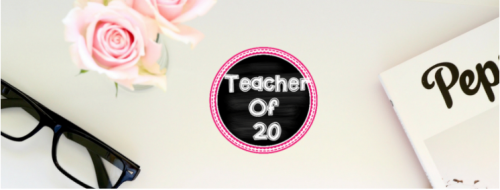Happy August everyone! In preparing for the new school year, please remember these simple things to help your school year get off to a great start:
1. Make a to do list and list items by importance. Scratch things off your list when finished.
2. A place for everything and everything in its place. As much as possible try to assign things a spot. My classroom even has a "lost pieces bucket. " This is a bucket where students would put game pieces to games that were already put away/not out at the time. At the end of the year, I'll go through my lost pieces bucket and store things away where they go.
3. Less is more: if you haven't used that set of ABC cards your retired teacher friend gave you two years ago, toss them. We teach in the TpT age. There are so many great resources right at our fingertips... and we can store them digitally! There is no need to lug around things you're not using.
4. Invest in a record keeping book of some sort. There are great ones out there. They will help you keep track of everything from when picture money is due to which students have or have not paid you for the class t-shirt.
5. Have a student number system in place. Students in my classroom lined up in number order, they hung their backpack on the hook with their number, they had mailboxes with their number where they would get the days handouts to take home. I used the number system for everything from counting down to see which student hadn't lined up from recess yet to who still hasn't turned in their signed report card. I've even seen a teacher have students line up by counting to 20. When number one lines up he days"one"and gets in line, then the next person follows, etc. This is great counting practice in the lower grades it for RtI. You can even have them line up backwards to practice counting backwards.
Implement these five simple tricks and you're school year will be a synch. Please remember to check out my blog periodically for more tips and tricks. And stop by my TpT store if you're interested in clipart for your TpT products. I'm also selling number posters with ten frames and tally marks, as well as color posters for the little ones that don't know how to spell color or number words.
For more great advice and awesome products to help you survive back to school, check out Teacher Times Two's back to school post.

Comments
Post a Comment